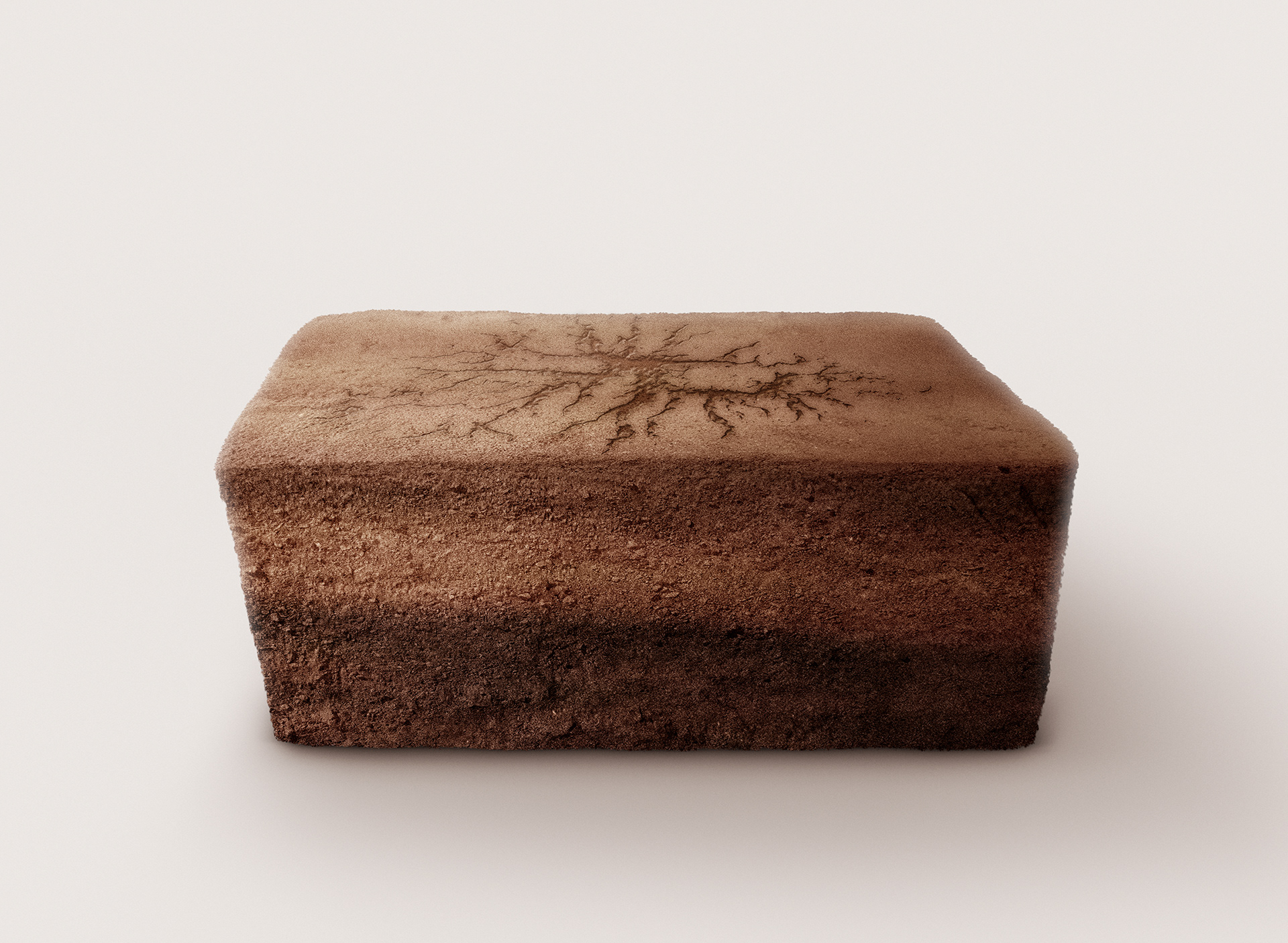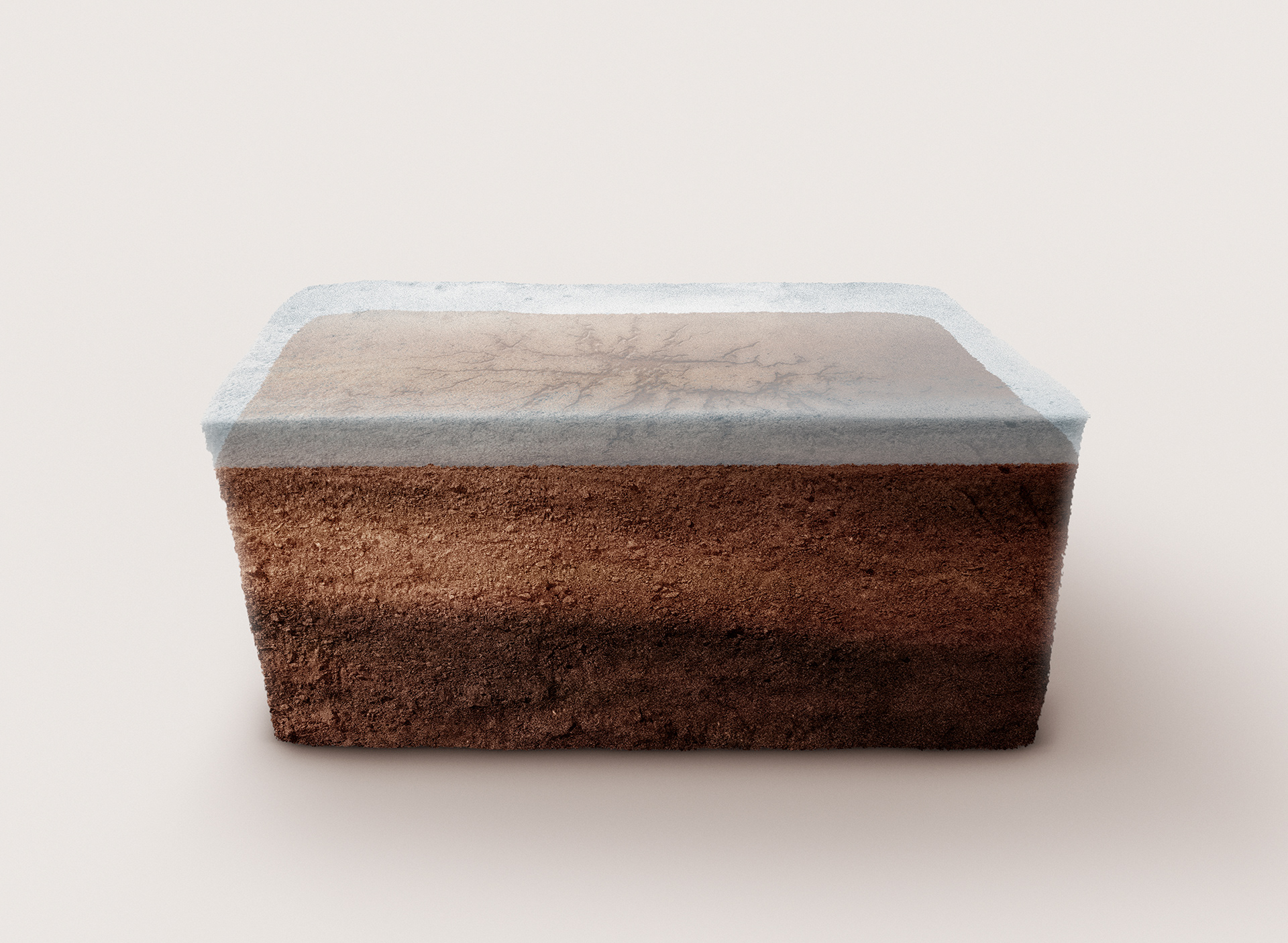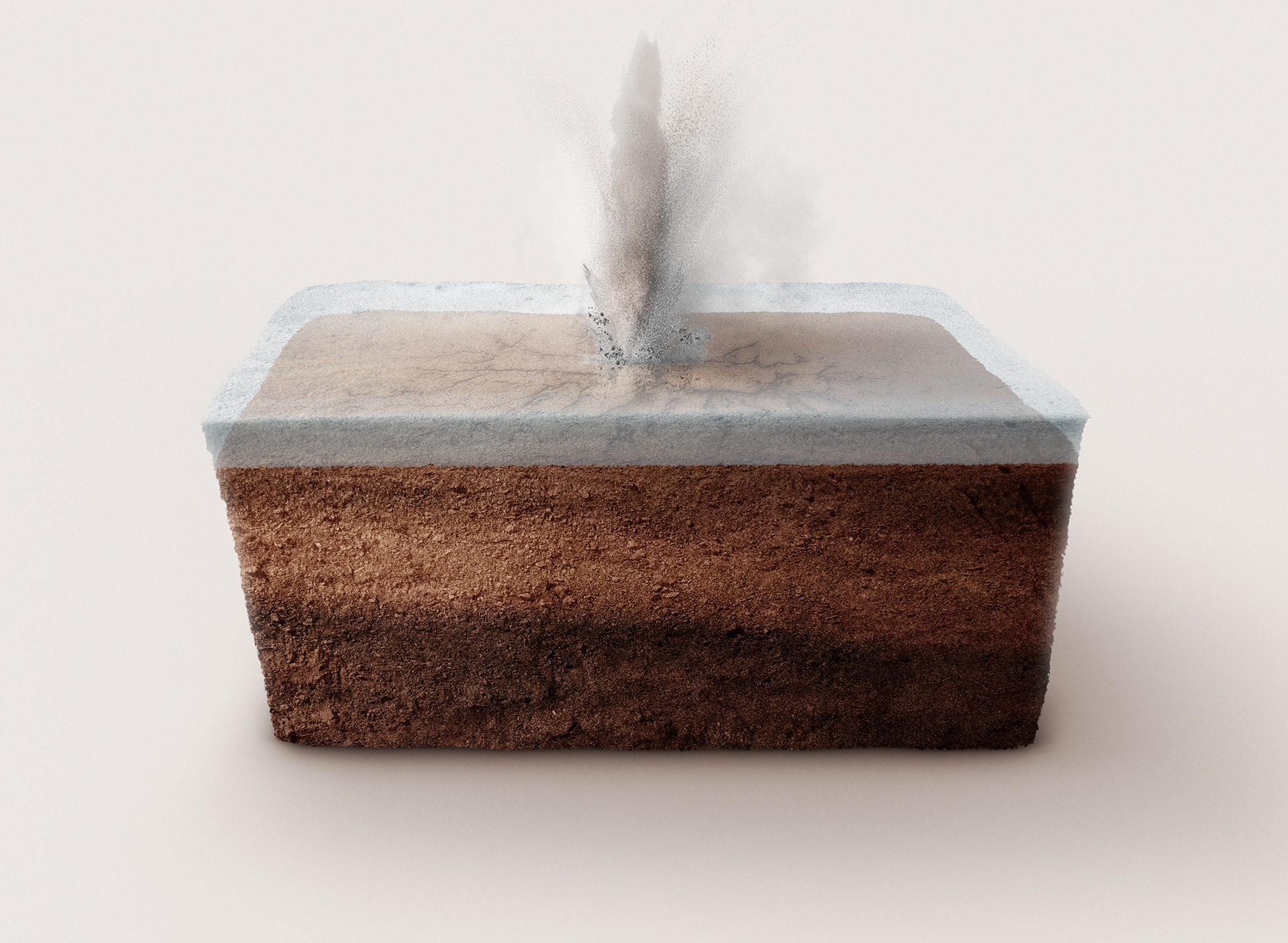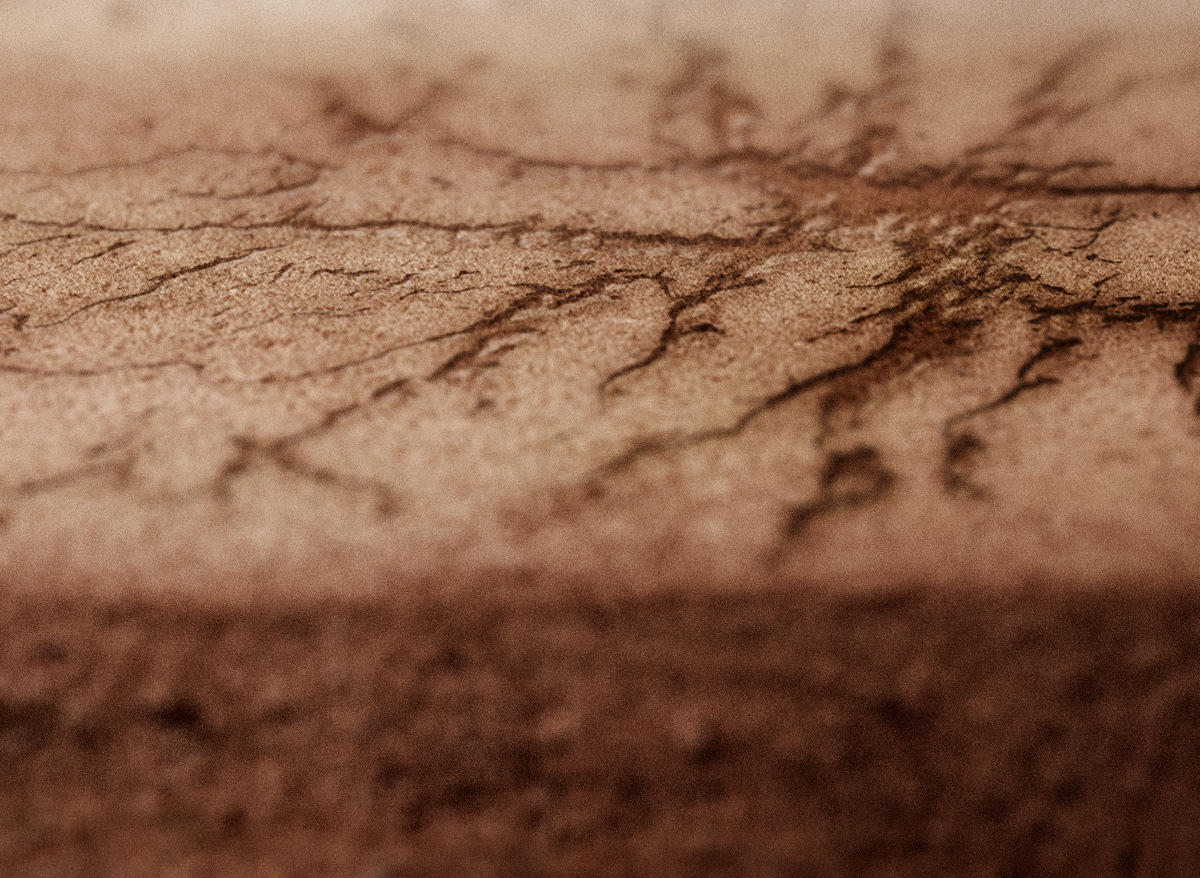Illustrations and accompanying animation to hypothesize the spider-like features on Mars.
Published in Nature - Scientific Journal, 19 March 2021.
Click to view full paper
Published in Nature - Scientific Journal, 19 March 2021.
Click to view full paper




"Araneiforms are radial carvings on Mars's south polar regions. Up to 1km-wide, and so called because of their spider-like shape.
Although their dendritic pattern looks like fork lightning or nerve endings, they are unlike any surface feature seen on Earth.
The Martian atmosphere is 95% CO2 and because like Earth, Mars has an axial tilt, Mars gets seasons. In winter as temperatures cool, CO2 deposits on the surface as ice. In spring, when temperatures rise, the ice sublimates away again changing from solid to gas.
Researchers (Hansen, Kieffer, Piqueux et al.) noticed that fans and spots were appearing in spring in the locale of these spiders. They were originally thought to be patches of defrosted ground, but then were found to have the same temperature as CO2 ice.
The Martian atmosphere is 95% CO2 and because like Earth, Mars has an axial tilt, Mars gets seasons. In winter as temperatures cool, CO2 deposits on the surface as ice. In spring, when temperatures rise, the ice sublimates away again changing from solid to gas.
Researchers (Hansen, Kieffer, Piqueux et al.) noticed that fans and spots were appearing in spring in the locale of these spiders. They were originally thought to be patches of defrosted ground, but then were found to have the same temperature as CO2 ice.
Kieffer developed a hypothesis for spider formation; in spring, sunlight penetrates this translucent slab ice and warms it from the base. The ice sublimates, pressure builds and the ice cracks.
Gas rushes to the vent, eroding spiders and depositing the material as fans and spots in the form of a plume."
- Dr Lauren Eve Mc Keown
- Dr Lauren Eve Mc Keown
